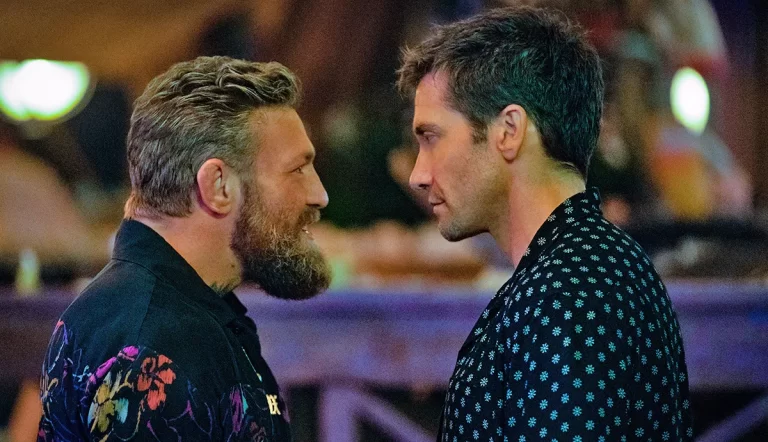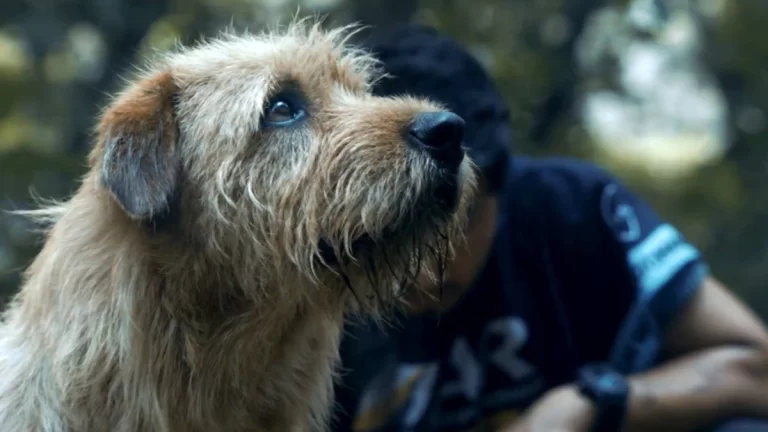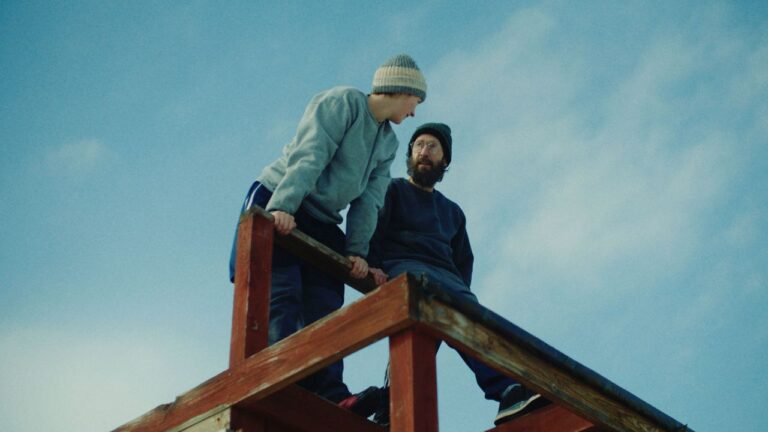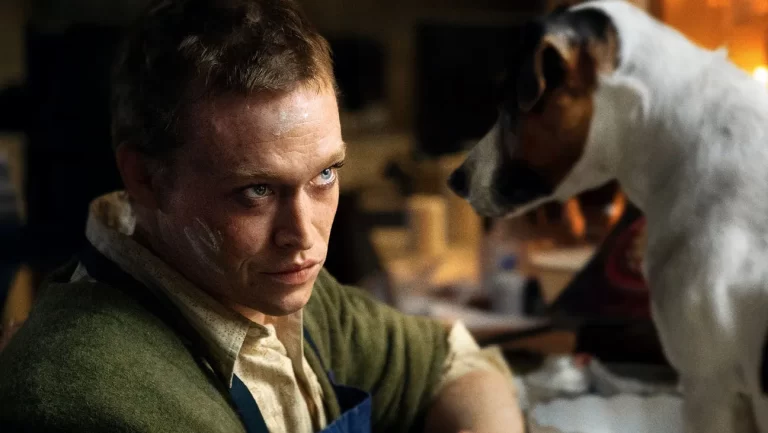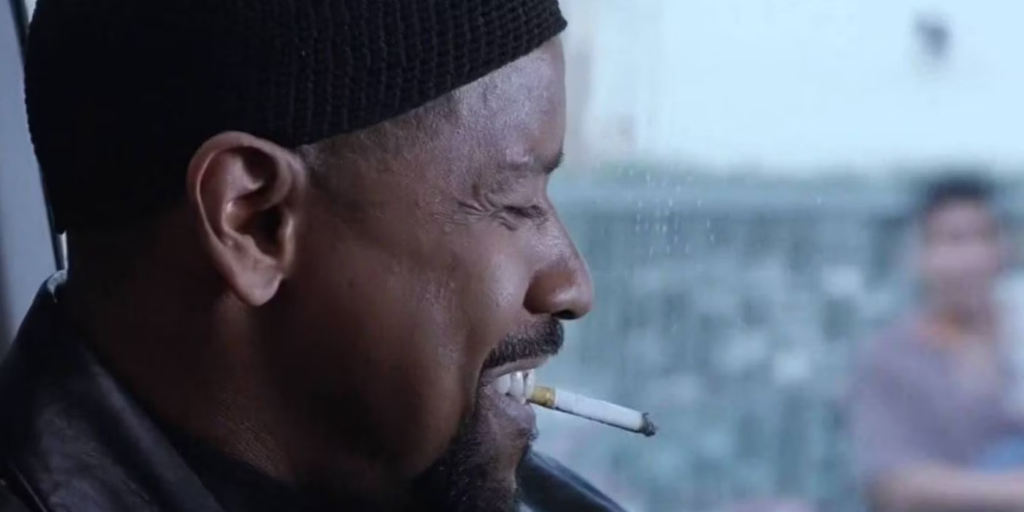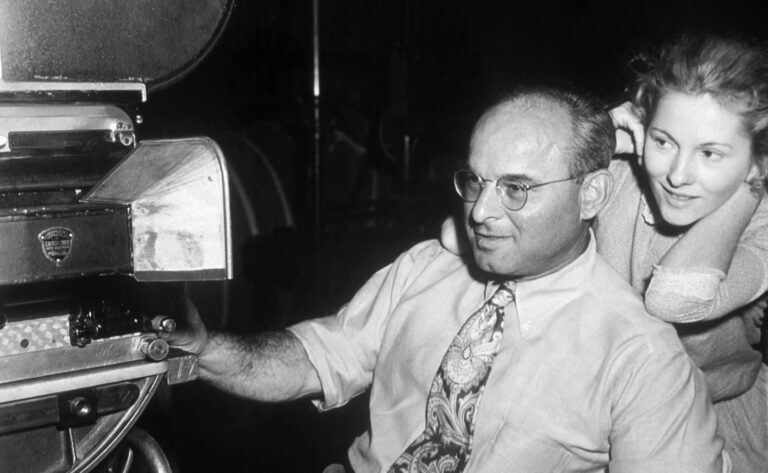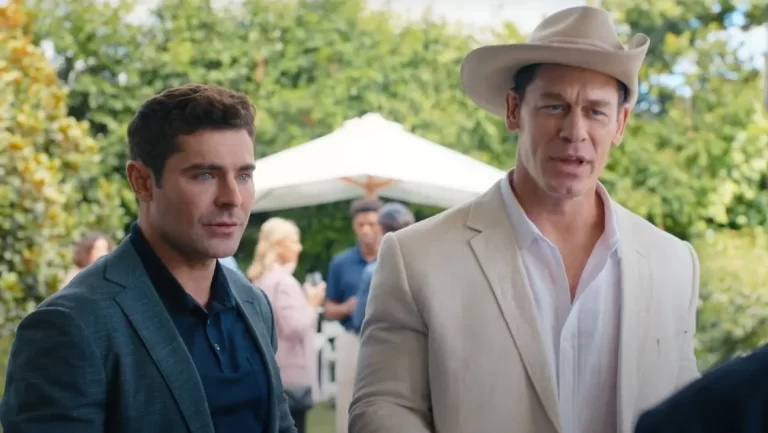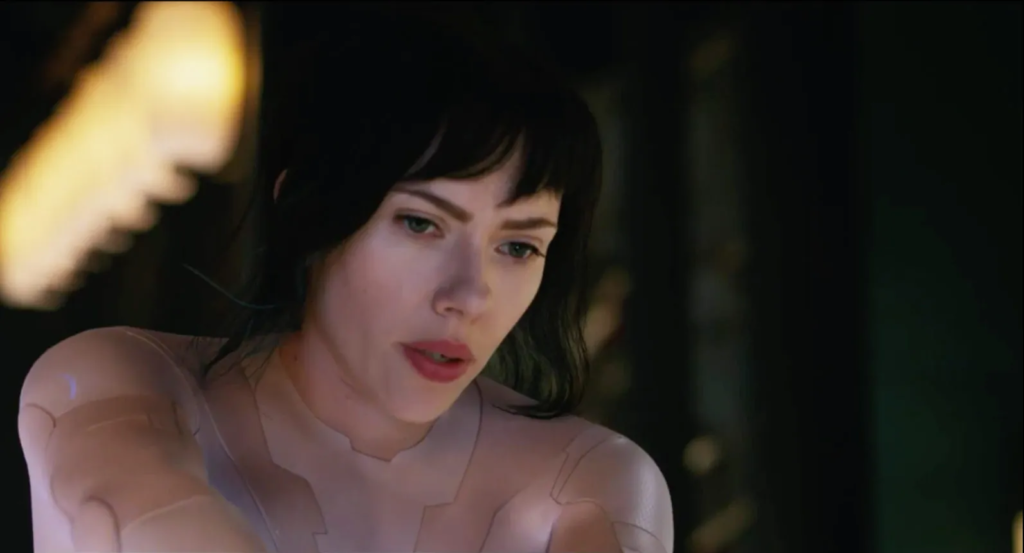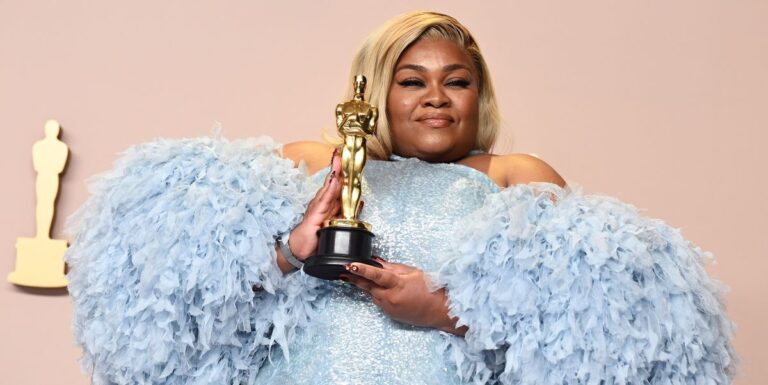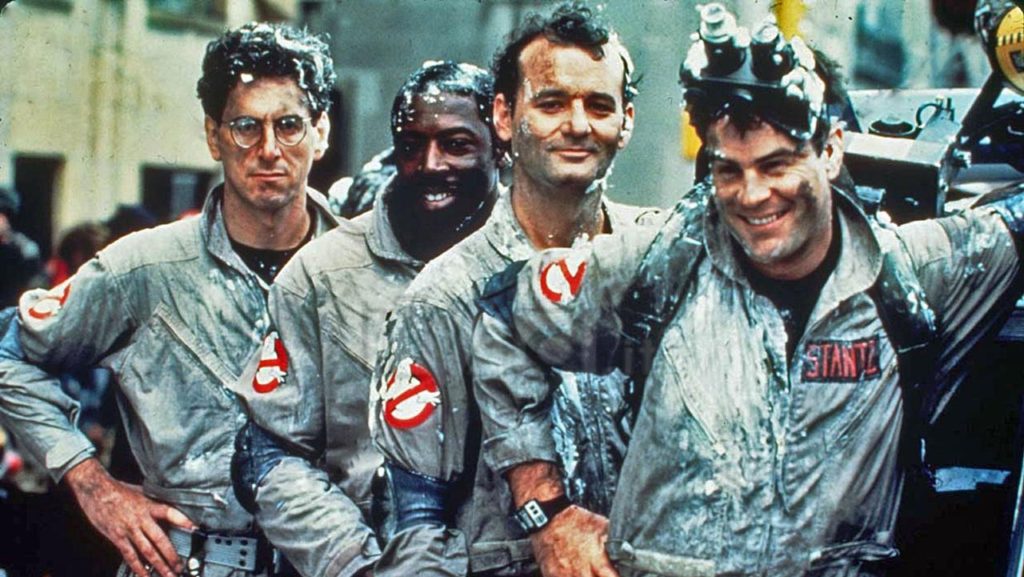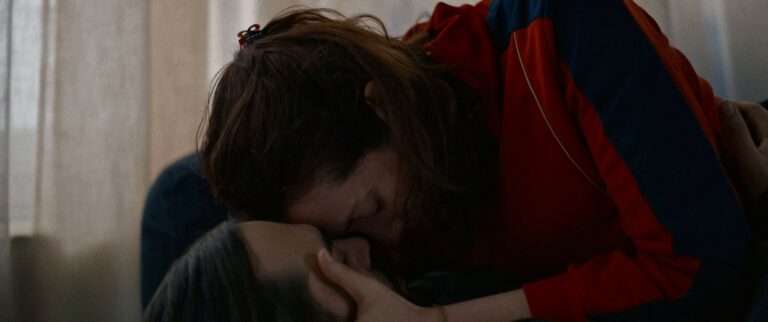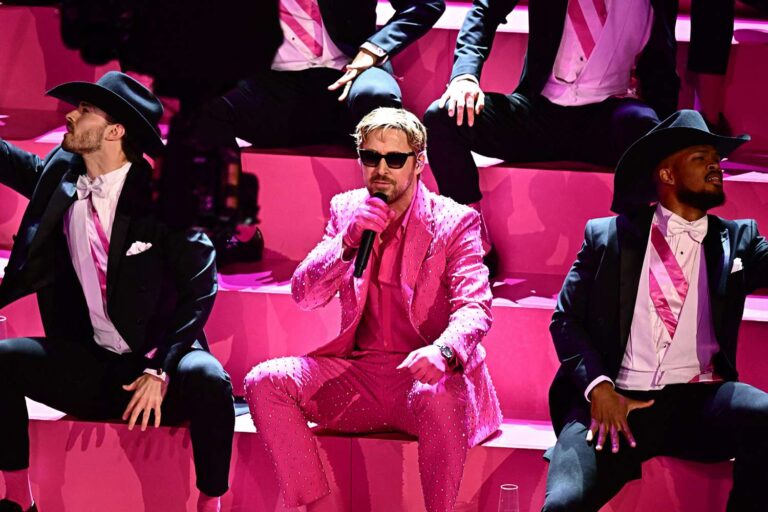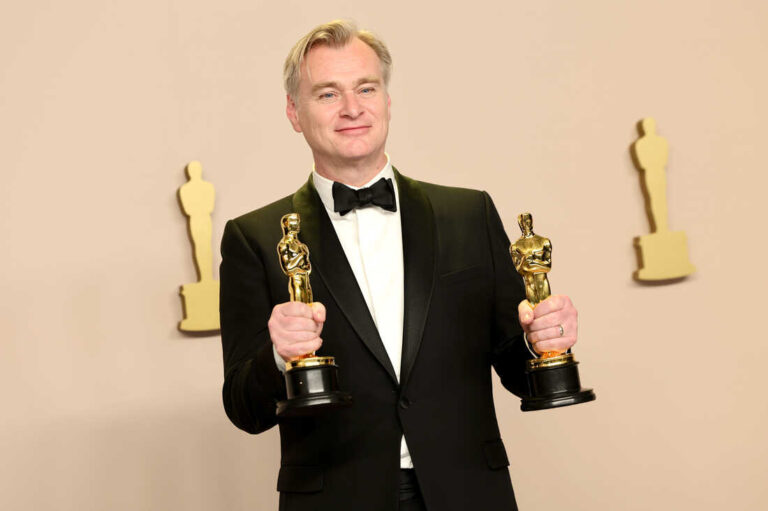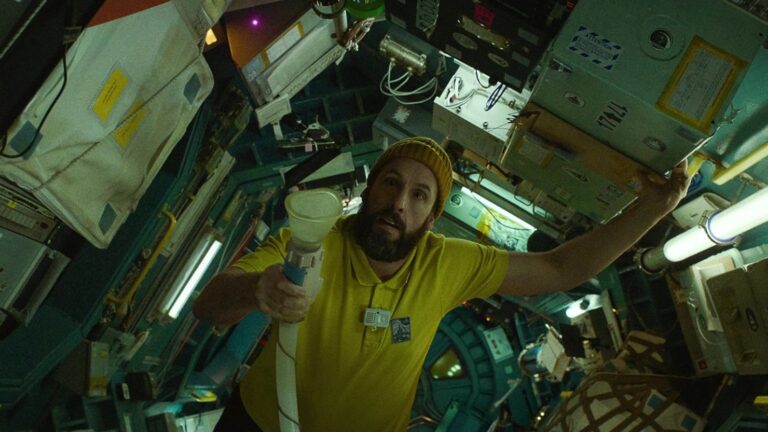Director: Doug Liman
Writers: Anthony Bogarozzi, Chuck Mondry, R. Lance Hill
Stars: Jake Gyllenhaal, Jessica Williams, Conor McGregor
Synopsis: Ex-UFC fighter Dalton takes a job as a bouncer at a Florida Keys roadhouse, only to discover that this paradise is not all it seems.
The film follows Dalton (Jake Gyllenhaal), a former UFC middleweight fighter, as he runs away from his personal demons. The movie starts with Dalton walking into an underground fight club, ready to rumble with Carter (Post Malone), who quits before the match begins because of Dalton’s reputation alone. Frankie (Shrinking’s Jessica Williams), a businesswoman who owns a bar in the Florida Keys, immediately offers him a job of $5,000 a week for one month’s work, plus room and board, to be her bouncer.
Frankie’s establishment is called The Road House, a dive bar on the beach where live music has to play behind chicken wire because of the numerous fights that continuously break out. (You know, Blues Brothers style.) She has a loyal staff, including an adorable bartender, Laura (Why Women Kill’s B.K. Cannon), and some young muscle in Billy (How to Blow Up a Pipeline’s Lukas Gage), who lacks experience. After initially rejecting the offer, Dalton accepts the position after demolishing his car.
The script by Anthony Bagarozzi (The Nice Guys) and Chuck Mondry (Play Dirty) works well enough initially, mainly because Gyllenhaal revels in the role of Dalton, beating his enemies to a pulp with a switchblade grin and a clipped sense of humor, which is infectious. In particular, when he takes on a group of bikers led by JD Pardo and provides comic relief alongside Arturo Castro, driving them all to the hospital after some bone-crunching antics. This is all mindless fun, where a tough but flawed individual stands up for those who cannot help themselves. Everyone is good-looking, the music is distinct, and the mood is infectious.
Doug Liman directs Road House, an adaptation of the Patrick Swayze 1980s cult classic. Essentially, his version follows the path of a throwback Western, where the virtuous walk into a town defending those who cannot protect themselves, like Shane or The Pale Rider. In this case, you have a handful of over-the-top, cartoonish villains. One is Ben Brandt, played by the go-to yuppy antagonist Billy Magnussen, who tries to match Gyllenhaal’s comic relief but becomes tedious.
Then you have Conor McGregor’s Knox, whose insanity is so extreme that you forgive any of his antics. Additionally, Joaquim de Almeida, the town sheriff, goes by the nickname “Big Dick” and has a connection to Dalton’s love interest, which is a classic, lazy trope. That is Daniela Melchior’s Ellie, who plays a local physician. She goes from detesting Dalton within seconds to wanting to get him in the middle of the ocean to what I imagine is an area called “Coral reefs of Passion.” I mention all of this because, for a two-hour film, Liman struggles to fit in so many supporting characters, and none of them interact or function in a believable way.
There are complaints that this Road House is ultraviolent, but by action or horror film standards, it’s tame. In fact, the fight scenes are highly digitized, particularly the first fight with Post Malone. However, the film doesn’t suffer from its bare-knuckle action. Still, after an thirty extra minutes, it deals with its mindless plot about the real reason Dalton was hired, which involves trying to take over the roadhouse because of its premium placement.
I hate to be cynical, but have these bad guys never heard of “Eminent Domain”? Or just building around the restaurant and having the property taxes rise so much that they must sell? Or, with all the fights, would the insurance premiums be through the roof? Finally, how can Frankie make enough to afford to pay Dalton all that money? These are all eye-rolling moments like Dalton telling Billy that one guy has a knife, and when he pulls it, just take a step back and punch him. He offers this type of on-the-job training while sitting behind a bar where he can’t jump in to help save the kid if something goes wrong.
You can let that thoughtless storytelling slide, but it’s when the movie goes into secret agent mode, with Dalton taking a boat (and setting off explosives, blowing it up, with no explanation) to become a superhero, that it becomes tedious and overblown. This leads to a final showdown between Dalton and Knox, where you have to ask yourself how one guy knew where the other would be to begin with.
Doug Liman’s Road House worked better as a minimalist barfly film between the small cast of characters that would have significantly benefited from focusing on Dalton’s backstory and developing intimate relationships. Instead, we have an overstuffed action film that struggles with tone and overstays its welcome. Then, it loses a charming Jake Gyllenhaal performance, which is the sole reason to watch, to begin with.



